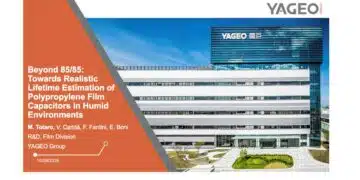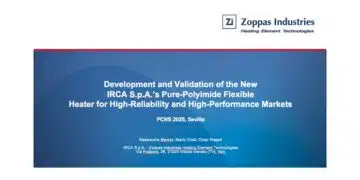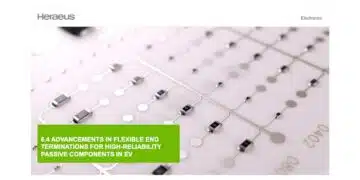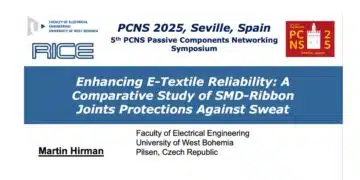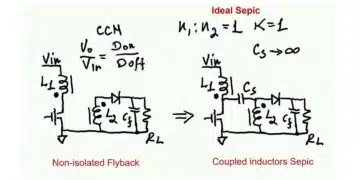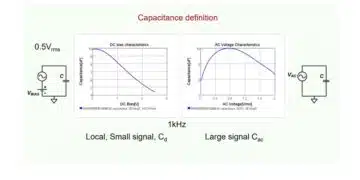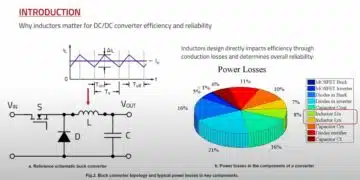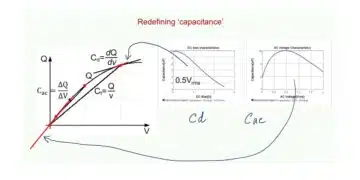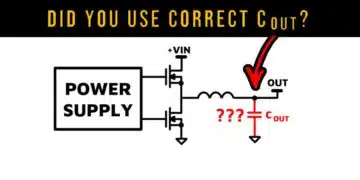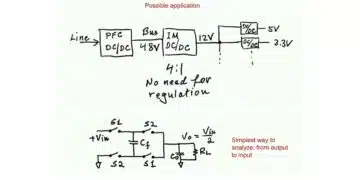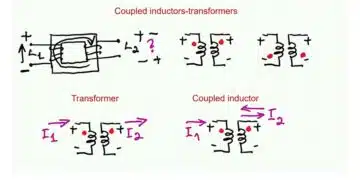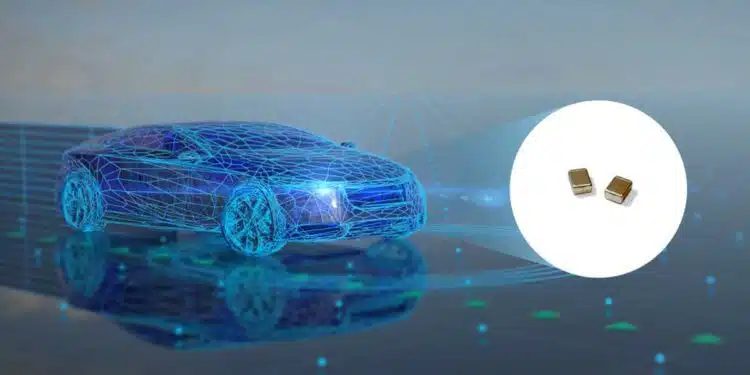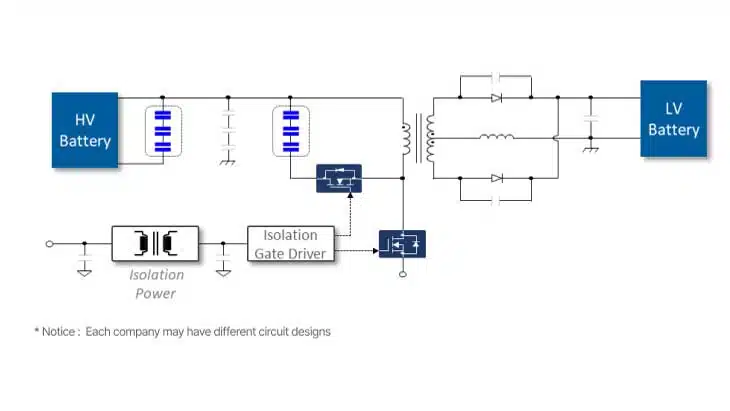Samsung Electro-Mechanics unveils advanced MLCC for High-Voltage EV applications: 1812 inch X7R 100nF 1000V MLCC ceramic capacitors.
In response to the evolving demands of the electric vehicle (EV) industry, Samsung Electro-Mechanics is proud to announce the launch of its new Multi-Layer Ceramic Capacitor (MLCC), designed to meet the growing need for reliability in high-voltage battery lines.
As the trend towards higher voltages in EVs accelerates, critical components such as DC-DC converters, On-Board Chargers (OBC), and Battery Management Systems (BMS) require robust solutions.
Addressing this, the newly introduced MLCC comes with outstanding specifications: a 1000V rating, compact 1812-inch size (4.5×3.2mm), X7R temperature characteristic (-55 to 125℃), and a 100nF capacitance.
This innovative product plays a pivotal role in minimizing Electromagnetic Interference (EMI), ensuring power stability and long-term durability.
Leveraging Samsung Electro-Mechanics’ proprietary ceramic and fine-particle technology alongside Soft Termination methods, the new MLCC guarantees an exceptional bending strength of 3mm, meeting stringent AEC-Q200 standards.
Moreover, the company offers a diverse lineup of high-voltage MLCCs ranging from 630V to 2000V, all showcasing superior mechanical resilience.
Key Product Highlights:
- High Voltage Capability: Rated voltages from 630Vdc up to 2kV
- Exceptional Durability: 3mm bending strength certified under AEC-Q200
- Advanced Series: Recommended – X7R PJ Series
| Size(inch/mm) | Rated Voltage[Vdc] | TCC | Capacitance | Part Number | Sample | Remarks |
|---|---|---|---|---|---|---|
| 1812/4532 | 1000 | X7R | 100nF | CL43B104KIU6PJ# | Available | SoftTermination |
| 1812/4532 | 630 | X7R | 220nF | CL43B224KHU6PJ# | Available | |
| 1812/4532 | 630 | X7R | 100nF | CL43B104KHU6PJ# | Available | |
| 1812/4532 | 630 | X7R | 47nF | CL43B473KHU6PJ# | Available | |
| 1812/4532 | 2000 | X7R | 2.2nF | CL43B222KJRRPJ# | Available |


